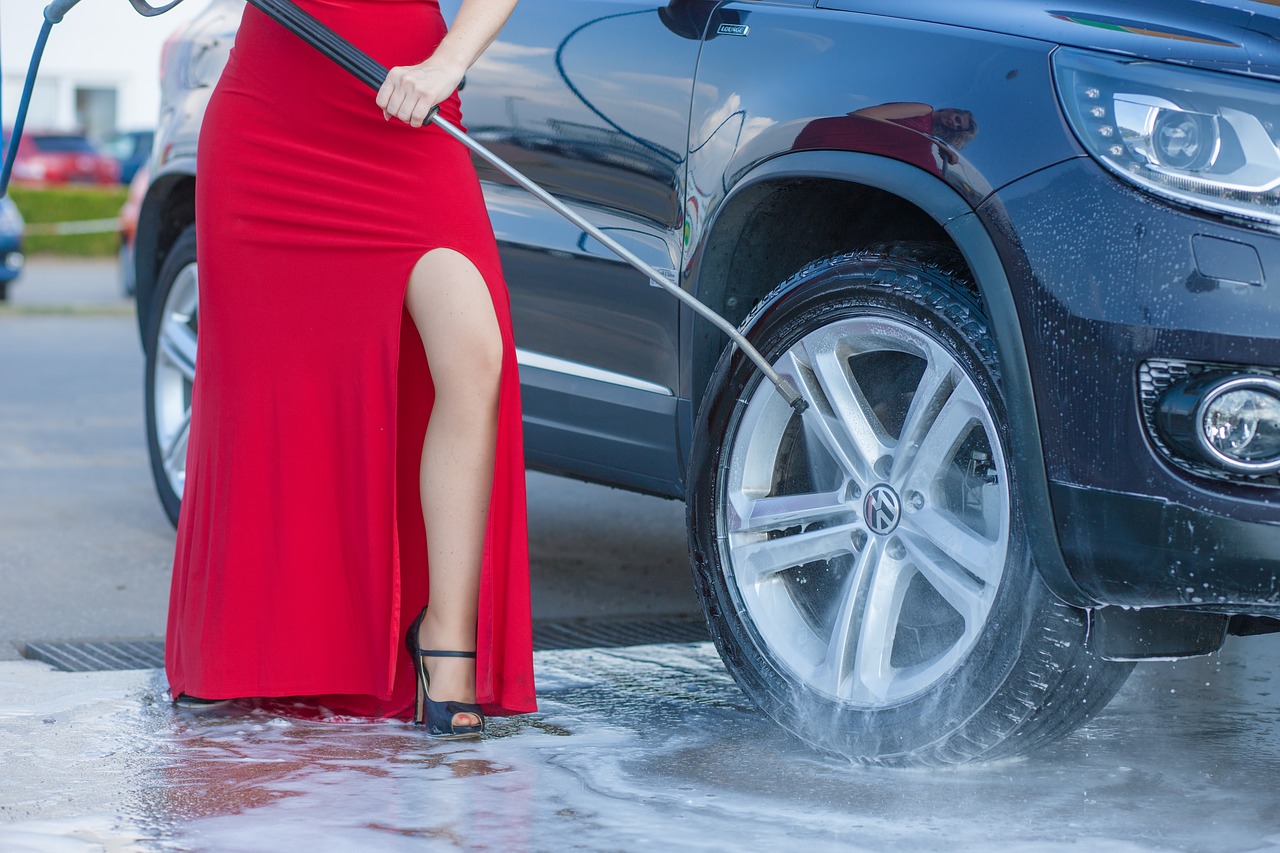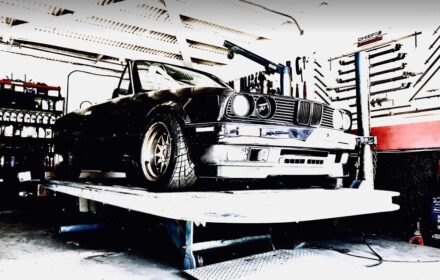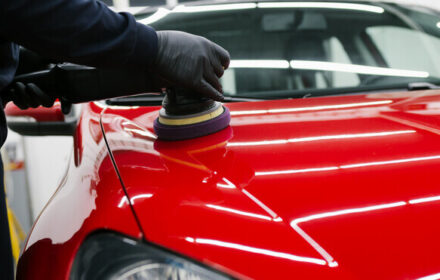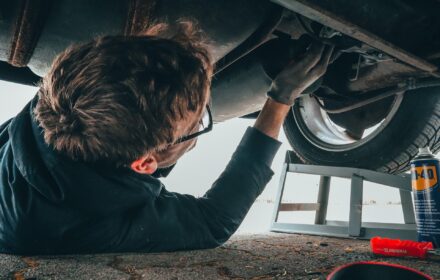National Car Care Month (which is April, by the way) is nearing. After months of enduring road salts, cold temperatures, and really harsh weather, there’s no doubt that you’re going to need to take care of a number of things as you say goodbye to winter. One of these things is your car.
After months of cold weather, you’re most likely going to need to do a bit of post-winter clean-up on your car. And we don’t mean just switching out your snow tires. Even if you use “all-season” tires, you’ll still need to rotate them in order to prolong their lifespan. To ensure that your vehicle is in tip-top shape in time for a drive in the spring, we’ve created a checklist for spring car maintenance that you can use.
Spring Car Maintenance Checklist
Wash your vehicle.
Your house is not the only thing that requires spring cleaning. Salt on the road and freezing temperatures can damage your car. Not just the paint job (though that’s important too), but salt can also eat away at your car’s undercarriage.
To properly wash your car and get rid of all the winter grime and salt, use a garden hose with a lot of water pressure (as much as you can get). A high-pressure sprayer is even better. Make sure that you don’t miss any nooks and crannies. Pay extra attention to your vehicle’s front and rear bumpers. Mix baking soda with your water if there’s a lot of salt buildup that you need to get rid of. If you aren’t sure that you’ll be able to do this properly, get a professional to wash your car.
Note: once your car’s exterior has been thoroughly cleaned, make sure to check for signs of rust and make sure to prevent any rust spots from further damaging your vehicle.
Check your tires.
We’ve already mentioned the necessity of replacing your snow tires or rotating your all-season tires before heading out for a drive. But those are not the only things you need to do. You also need to make sure that the air pressure in the tires is correct. Changes in temperature can cause the air pressure in your tires to fluctuate. In fact, for every 10℉ change in temperature, the air pressure will change by 1 PSI (pound per square inch) – either going up or down. Both under-inflated and over-inflated tires can be problematic.
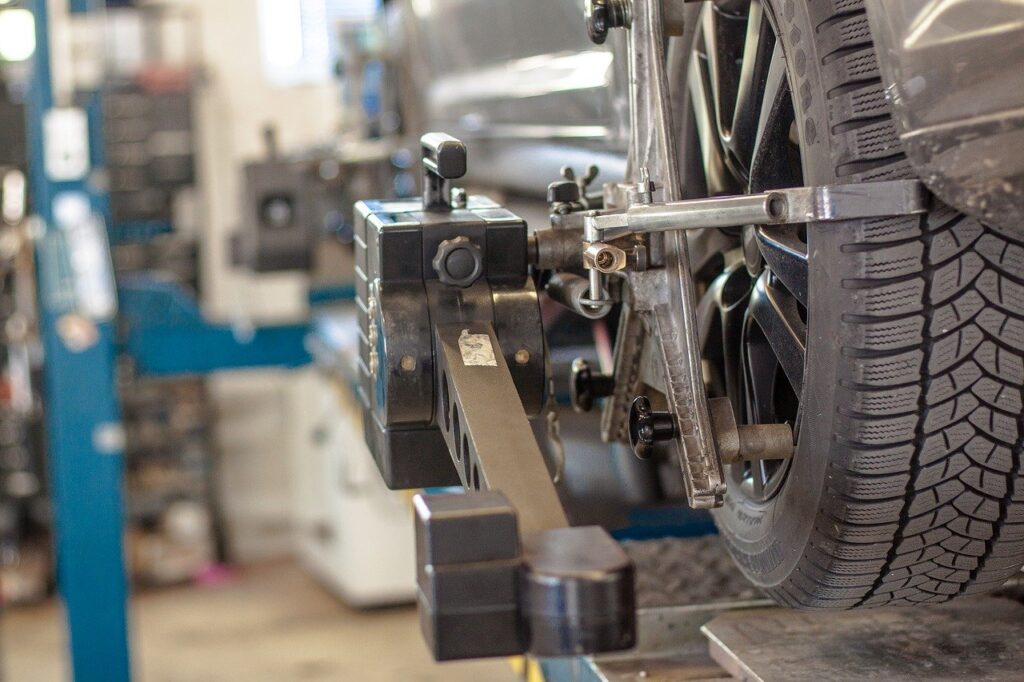
In addition, you need to look for any worn treads. If the treads have become shallow or worn on one or more of your tires, you’ll need to replace them before you take your car on the road. Why? Because the treads enable your tires to grip the road. Without sufficient treads, you may have difficulty driving your car safely during wet weather. You may also find it difficult to come to a quick stop.
Replace wiper blades and fluids.
Your windshield wipers might seem the least of your concerns in the scheme of things. But you should know that they can easily get damaged by snow and other winter debris such as salt spray while it keeps your windshield clear for you to drive safely all winter long. Now, the life span of your wipers is typically six months up to a year which makes this a good time to check on them.
You’ll need to inspect your wipers, see that they have not dried out. More importantly, you need to make sure that the wipers are still in full contact with the windshield when in use. While you’re at it, you need to check the windshield fluid and refill the reservoir if necessary.
Deep clean your lights.
Did you know that your headlights and taillights can get dirty too? Before you start driving around town once spring rolls in, you need to make sure you won’t be squinting in the dark. To clean the lights, you can use a soft toothbrush and water mixed with baking soda. If this doesn’t work, it might be time to replace those bulbs.
Check the belts and hoses.
This is one of those spring care tips that not everyone is comfortable doing, especially if you’re not familiar with what your belt and hose should look like. If that’s the case, go ahead and take your car to an auto body shop in Los Angeles or wherever you may be. A professional can do the checking for you (and possibly the rest of your seasonal car maintenance tasks).
However, if you’re interested in doing it on your own, make sure that you check if the hoses are hardening or softening. Look for showing leaks, cracks, blistering, or other signs of visual damage. Check your belts for cracks, frays, or looseness. Take note that replacing your belt might require you to also replace the tensioner and pulleys.

Check the battery.
Cold temperatures force your car’s battery to work harder while hot temperatures can cause battery fluid to dry up and corrosion to start. It’s important that you make sure your battery won’t die out on you while you’re on the road.
This means that you need to check how strong your battery still is. This also means evaluating your car’s electrical system while you’re at it – the battery is properly mounted and the connections are clean and tight as well as free from rust.
If you’re not sure how to test the car’s electrical system, you can take it for a car diagnostic test near you.

